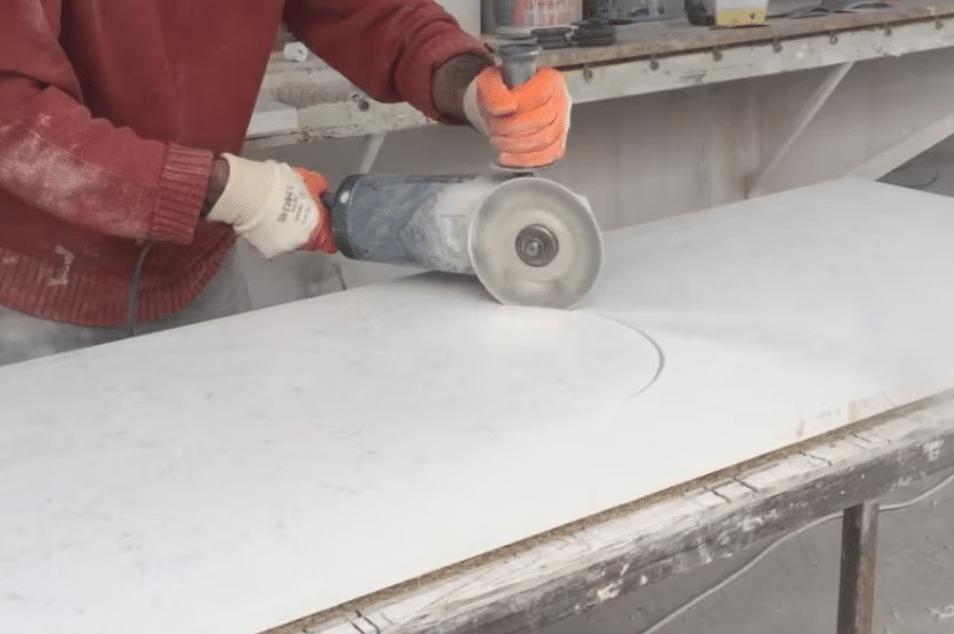
The building and construction sector has compared so-called legacy stone benchtops to lead paint and asbestos, warning that tradies risk exposure to silica dust for decades to come.
Australia’s world-first ban on engineered stone products has stopped new installations, but renovation or demolition work on existing materials is still allowed. These benchtops are considered safe if left untouched, with no mandate to remove existing products.
Safety Risks with Disturbed Materials
Federation TAFE acting program manager for building and construction, Damien Coats, emphasized that safety risks begin once the material is disturbed. «It’s not hazardous when it’s in place; it’s only when it’s disturbed that airborne dust becomes an issue,» he said. «While our students don’t deal with it directly, they will likely encounter these materials as kitchens age and renovations become necessary.»
Comparisons to Asbestos
Engineered stone gained popularity due to its lower cost compared to natural stone products. The ban has left the building sector searching for affordable alternatives. Master Builders Victoria acting chief executive Tristan Moseley acknowledged the importance of worker safety but noted potential disputes between builders and customers planning to use engineered stone. «Builders can’t provide engineered stone now, leading to an impasse on what can be agreed,» he said. He also criticized the abruptness of the ban, stating, «We needed more guidance from the government on handling this transition.»

Long-Term Risks
CFMEU Victoria Tasmania branch occupational health and safety manager Gerry Ayers pointed out that workers must be aware of the risks for decades. «With the number of apartments and houses built or renovated over the past 25 to 30 years, legacy stone will be around for at least another 30, 40, or 50 years,» Dr. Ayers said. A surge in silicosis cases among workers inhaling fine silica dust led to the ban, with Dr. Ayers noting that previous risk management efforts failed. «Even with wet cutting, exposure to crystalline silica dust remained higher than acceptable levels,» he said.

